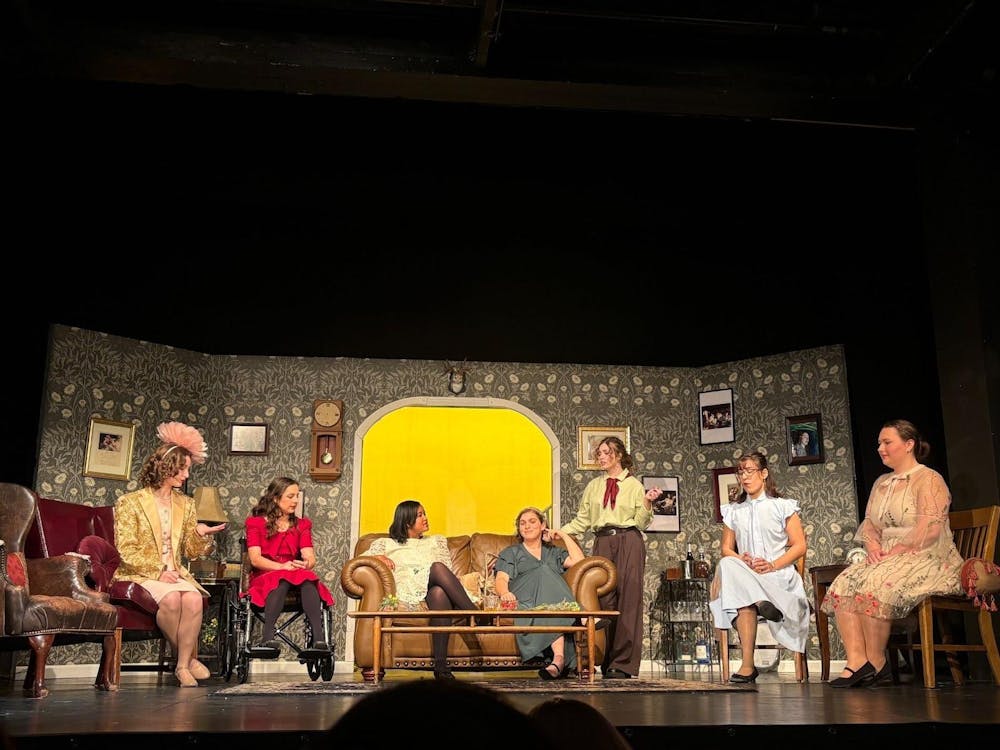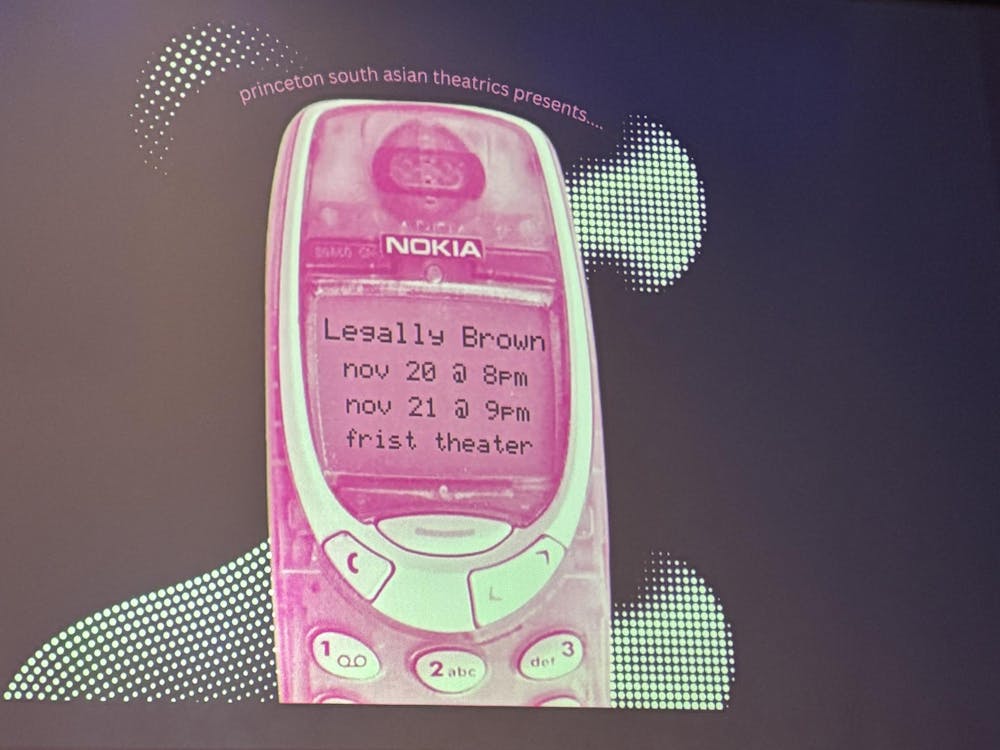“There are some people who have a fire in the belly. I think they go to work on Wall Street or they run for office. And then there are people who have a fire in their heads — and they become writers or scientists or historians. … And then there are people like me … I have a fire in my heart.”
These words of wisdom, as remarked by the alcoholic WWII veteran Uncle Peck (Jake Robertson ’15), are all-too applicable for the “drive” behind the Lewis Center’s production of Paula Vogel’s “How I Learned to Drive.” Directed by R.N. Sandberg and featuring Caroline Hertz ’15, the show focuses on the sexual relations within three generations of a family in rural Maryland in the 1960s, homing in on the incestuous relationship between teenager Li’l Bit (Hertz) and her Uncle Peck (Robertson).
Hertz is a senior writer for the Daily Princetonian.
Despite a few stilted moments and a couple of questionable technical aspects, “How I Learned to Drive” accelerates at full speed.
Direction from R.N. Sandberg boasts many clever and colorful moments, including the integrated use of flashlights, a capella and driving instructions to transition from scene to scene. Excellent stage pictures, including the creation of a Mustang by three actors and two flashlights, are many. The depiction of sexual actions is well constructed, heightening from deconstructed blocking to intimate full-body interaction.
As Li’l Bit, Hertz spectacularly transforms from a naïve 11-year-old into a jaded 18-year-old and back again, exploring with ease her tempestuous relationship with her grandparents, mother and Uncle Peck. Contrived moments, as in the opening dialogue at the very top of the show, are few and far between. More often, as in the scene where Uncle Peck takes Li’l Bit’s photos, Hertz achieves moments of true sincerity, an invaluable skill for any actor.
Robertson gives an impeccable performance as Peck, Li’l Bit’s obsessed, incestuous and pedophilic uncle. Especially strong in his more intimate moments with Hertz and in a flashback to an afternoon spent fishing, Robertson’s final role in a Princeton production is a standout performance.

Sarah Cuneo ’15, despite excellent character work as the Female Greek Chorus, is at times too stylized during more challenging moments, as in her drunken spiel about women and drinking. Nonetheless, during her more raw moments as Li’l Bit’s mother and as Aunt May, who confides in the audience about her “troubled” husband Peck, Cuneo delivers some of the best moments in the production.
Similarly to Cuneo, Matt Volpe ’16 as the Male Greek Chorus turns to something nearing stylization when faced with challenging roles. In Volpe’s case, this pseudo-absurdity often works in his favor; caricatures of the sex maniac grandfather and middle school boy whose head goes up to Hertz’s bust provide much-needed laughter. Volpe’s detailed character work can even be seen in his slightest eye roll as a waiter at a posh restaurant.
Anna Aronson ’16 as the Teenage Greek Chorus is the one who relies most on absurdity during the production, wholly to her benefit. Aronson’s excellent characterization of Li’l Bit’s ridiculous grandmother is on-point and one of the highlights of the show. With fewer opportunities to develop challenging roles than her fellow actors, Aronson is unfortunately underused in her ensemble role.
Musical direction (Caroline Hertz ’15), as embodied in the use of a capella interspersed with scenes and used as an underscore during dialogue, is excellently conceived and executed — clearly one of the strongest elements of the production.

The costumes (Keating Helfrich) feature a consistent palette of blue, cream and brown tones, giving a vintage flavor to the story. The lighting design (Sydney Becker ’17, advised by Jane Cox) expertly frames the story, using amber tones to complement the colors of the costumes. Though cues are occasionally less-than-precise, overall the lights suit the space and story well, especially in the design during scene transitions.
The set (Kristen Robinson) is likely the weakest aspect of the production. An oversized rear view mirror broods over the stage, which is set with scattered tables and chairs, strewn papers and pieces of glass from a broken rearview mirror. The chairs and tables are fully integrated into the story and even the papers, though not referenced until near the end of the show, are brilliantly incorporated. While the oversized rearview mirror, which subtly depicts an eye, presumably that of Hertz, and its shattered glass lining the floor are well-conceived as symbols of shattered lives, ultimately this aspect of the set is less than aesthetically pleasing, as it overpowers the other elements of disorder and fails to adequately frame the story and stage.
Despite a few contrived moments of characterization and some questionable technical elements, overall the Lewis Center’s production of “How I Learned to Drive” epitomizes the fire — in the belly, head and heart — that drives theater at Princeton and beyond.
The Lewis Center’s “How I Learned to Drive” runs March 12-13 at 8 p.m. in the Matthews Acting Studio at 185 Nassau St.
PROS: brilliant moments from all actors, excellent direction, cohesive use of technical elements
CONS: some unnatural characterization, aesthetically unappealing set design
4.75 out of 5 PAWS







